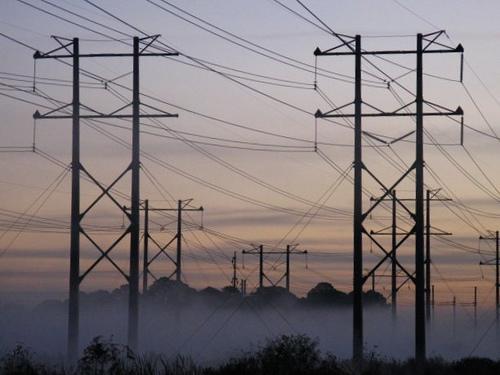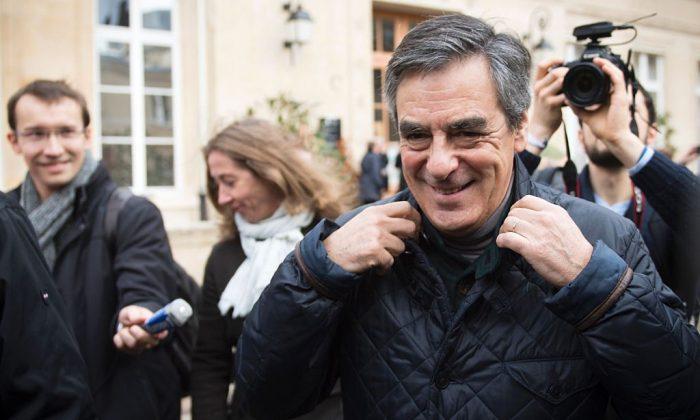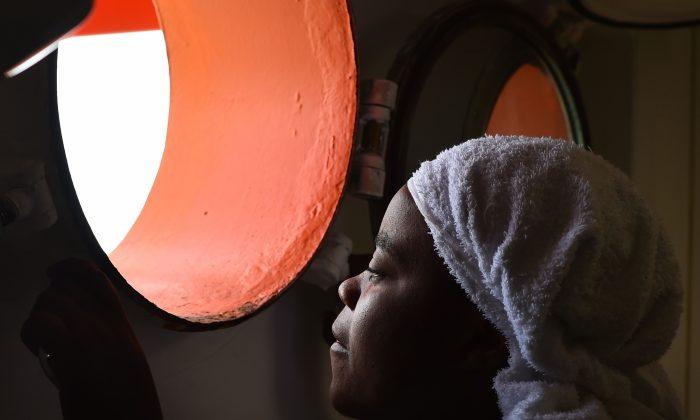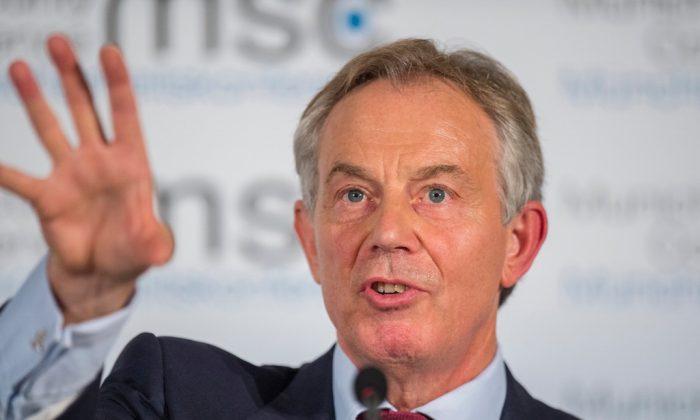At a time when European integration seems to have stalled, mired in past mistakes, European supporters are constantly on the lookout for the next ‘breakthrough’ area of cooperation - the project that will re-unite Europe behind a noble common cause. Some think they have found it in energy infrastructure. Admittedly, it’s not very sexy. Then again, few of Europe’s greatest triumphs are.
So will the energy infrastructure be the next Euro or Single Market? Europe’s current energy infrastructure is aging and was built at a time when few could have imagined an integrated energy market at the EU level. The European Commission figures that €140 billion in investment are needed in the coming years, notably to better connect energy markets and adequately manage the transition to renewable energies. With increasing energy demand and ballooning consumer prices, an aging electrical grid and more and more renewable energies stressing a system not designed to handle them, it certainly amounts to a noble cause most could get behind in theory. Yet, as with anything in life, some important obstacles exist that should not be discounted.
An aging and divided Europe
One of the biggest concerns about existing infrastructure is the lack of interconnectedness. This term refers to infrastructure linking national energy markets together. it is an umbrella term that can refer to anything from the traditional electrical grid to gas pipelines. It is this infrastructure that will serve as the backbone to the common energy market many hope to create. The lack of interconnectedness reduces opportunities for system optimisation, increases the likelihood of disruption and creates high levels of redundancies as each Member States must make considerable investments in back-up and balancing generation for their national markets.
To illustrate what this means in more palpable terms, an example might be useful. For instance, let’s imagine a hot day in southern France. Energy demand is sky rocketing as beleaguered vacationers retreat to their hotels and crank up the AC (for the sake of this example, lets assume that AC is a widely found luxury in southern France). France’s aging nuclear power stations are being strained. Luckily, next door in Spain, the sun is beating down with just as much ferocity and a steady breeze is providing coastal areas with some well-appreciated respite. These are perfect conditions for Spain’s huge wind and solar power farms, which are producing at maximum capacity. Yet, with interconnections between France and Spain being inadequate, Spanish grid operators are paying customer’s to take the excess power of their hands and French authorities struggle to keep up with demand.
This example also provides a segué into one of the other great challenges facing European energy infrastructure: renewable energies. The increasing levels of renewable energies in Europe are also putting pressure on the existing energy infrastructure. Further measures will be required to facilitate access to the European electricity market by renewables if Europe is to meet its ambitious goals. Traditional infrastructure was just not designed to enable large-scale exploitation of renewable energy. Most renewables tend to have the major downside of not being able to provide a steady output of energy, as they are dependent on the vagaries of the sun and wind. With current infrastructure, the balancing act between traditional sources of power generation and renewables is becoming increasingly complicated.
Two birds with one stone
The solution to both of these issues will largely be focused on increasing the connections between national energy markets. A pan-European market will be more efficient and provide energy much more cheaply to European consumers. The European Commission has estimated that fully integrated gas and electricity markets would provide savings of up to €65 billion annually. A more integrated market will also make it easier to efficiently managing the unique challenges these resources present for grid operators.
Finally, more integrated European energy infrastructure may hold non-negligible foreign policy implications beyond simply improving energy security. Many of the Eastern European states are highly isolated in terms of infrastructure connecting them with the rest of Europe, leaving these ex-Soviet states highly dependent on Russian energy. Russia has not been averse to exploiting this dependency on the past – most recently it has been strong-arming EU neighbour Ukraine.
Not so fast
It’s not surprising that much lip service has been paid to this issue, both for the reasons outlined above and to re-energise European cooperation around an ambitious project. Yet, there are some considerable obstacles to achieving a more integrated energy market in Europe. The first and most basic is the very idea of relying on others for energy needs. In the US, most Californians may not think twice about their energy coming from Nevada, but for European governments, the idea of being reliant on a neighbouring country is a hard pill to swallow. One not need look beyond the Euro-crisis to understand how one country’s poor management can have impacts far beyond their borders.
The provenance of energy is also becoming an increasingly contentious issue. Consumers are more conscious of where their energy comes from. Germany may be phasing out its nuclear power plants, but, in an integrated energy market, it’s citizens will have to accept the idea of relying on French nuclear power when domestic production it outpaced by demand. Finally, renewable energies have developed into a vibrant market in Europe, but one that has been heavily subsidised by a complex web of incentive schemes. With more and more energy being traded across borders, tax payers will be having second thoughts about providing subsidies to their neighbours. These obstacles should not dissuade proponents - many thought other great European feats to be impossible. But more importantly, energy infrastructure is just un-sexy enough that it might have a chance of becoming the project to save Europe.






Friends Read Free